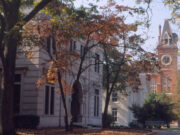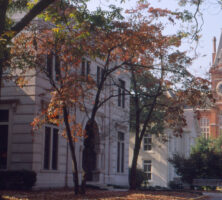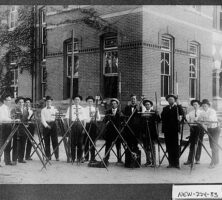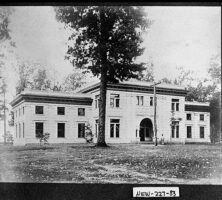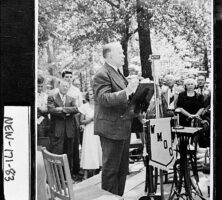Located on fifty-six acres in Oxford, Oxford College of Emory University offers the first two years of Emory University’s undergraduate liberal arts curriculum. Oxford College has earned a reputation for preparing capable students to assume leadership roles in academic and community life. The school’s student body is rich in cultural, ethnic, and religious diversity, making cross-cultural friendships and learning opportunities an integral part of the college experience.
History
In 1836 the Georgia Methodist conference received a charter for a new liberal arts college named Emory College in memory of Bishop John Emory. It was located on a 1,400-acre tract north of Covington, and Methodist leaders broke ground in 1838. The newly established village of Oxford was planned to be an integral part of the Emory College environment; both college and town matured side by side. Writer and minister Augustus Baldwin Longstreet served as president of the college from 1840 to 1848.
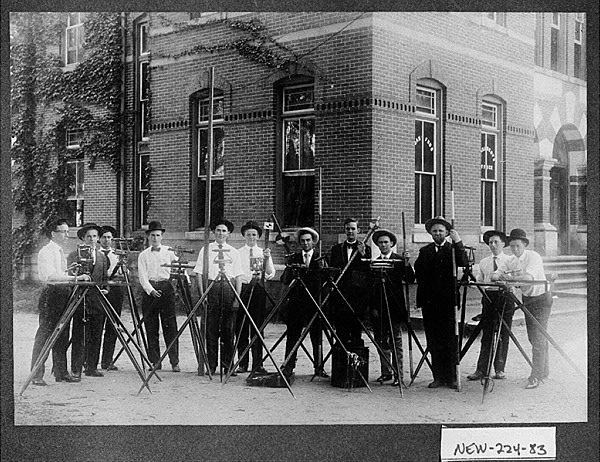
Courtesy of Georgia Archives.
In 1919 Emory College was relocated to the Druid Hills community of Atlanta. The historic campus at Oxford was named Emory University Academy at Oxford in 1916 and designated a residential college preparatory school, similar to that of Andover or Philips Academy in New England. It enjoyed a promising beginning. Student enrollment tripled in the first three years. Despite the early success, Academy administrators soon determined that the freestanding academy would be strengthened if college-level courses were included in the curricular mix.
In 1929 Emory restored college-level course work at Oxford, thus creating Emory Junior College at Oxford. Emory included college-level course work in its network of lower collegiate divisions already in place in both Valdosta and Atlanta. Emory Junior College at Oxford and the Emory University Academy at Oxford shared the same campus and resources. The model of combining an academy and a college program was effective; it provided opportunities both for promising secondary students interested in a college preparatory curriculum and for students who were ready to begin their collegiate education. For more than twenty years, “Emory-at-Oxford” functioned as both an academy and a junior college.
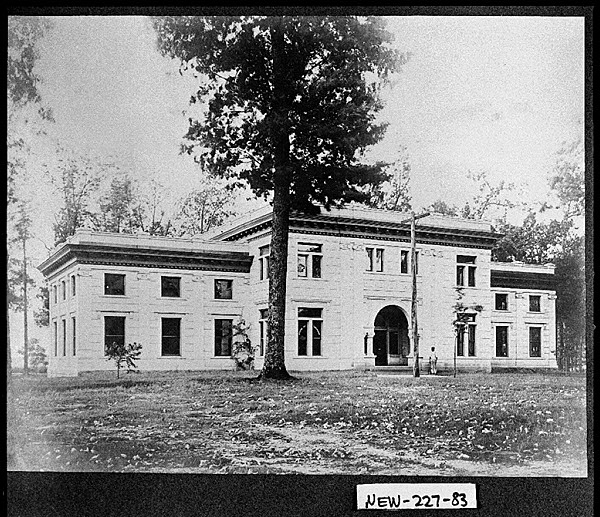
Courtesy of Georgia Archives.
In the middle to late 1940s Academy enrollment steadily declined. Oxford and Emory leaders sought to find a way to reinvigorate the Academy and make it more appealing to prospective students. Influenced by the experimental models of integrating secondary and postsecondary education at the University of Chicago, Emory and Oxford leaders reorganized the Oxford curriculum into the South’s first accredited four-year junior college. It combined an accelerated program for the last two years of high school with the first two years of an interdisciplinary collegiate curriculum.
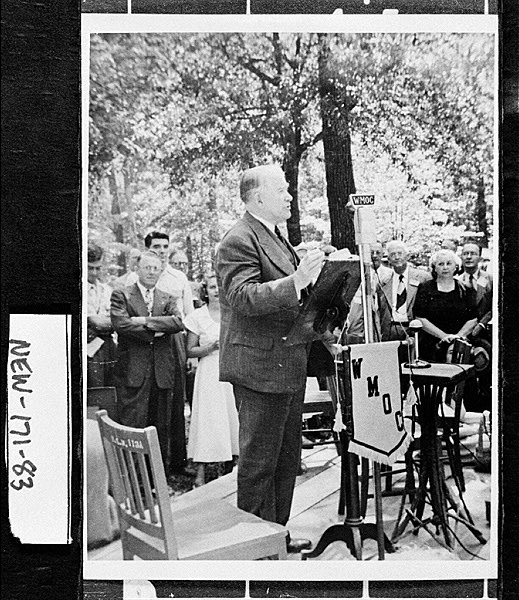
Courtesy of Georgia Archives.
By the late 1950s the Georgia system of public secondary schools had improved in both quality and quantity, and the need for the secondary grades of the four-year junior college diminished. Oxford discontinued all secondary instruction and focused exclusively on the first two years of general education. In the early 1960s Oxford stabilized its institutional structure. Now called Oxford College of Emory University, Oxford positioned itself as a two-year college featuring excellence in teaching, small classes, and ample faculty-student contact—very similar to the Emory College model of the nineteenth century.
Oxford College in the Twenty-First Century
Enrollment at Oxford College rose from 600 in 2005 to 900 in 2012. The college provides a campus environment with a clear mission concentrating exclusively on the intellectual, social, and developmental needs of first- and second-year students. Oxford attracts students mainly from Georgia and the Southeast yet also enrolls students from all parts of the United States and abroad. After completing the Oxford program of study, roughly 90 percent of the graduating sophomores continue their study at Emory’s Atlanta campus at Emory College, the Goizueta Business School, or the Nell Hodgson Woodruff School of Nursing.
Oxford is a laboratory of teaching and learning. Faculty members are encouraged to use interactive instruction strategies in their classrooms. No class at Oxford exceeds thirty-three students, and course enrollments average seventeen students per class. These intimate classes feature opportunities for such innovative experiential education as service learning and international travel. In 2003 the Carnegie Foundation for the Advancement of Teaching and the American Association for Higher Education selected Oxford as one of twelve U.S. colleges and universities to take a leadership role in the scholarship of teaching and learning.
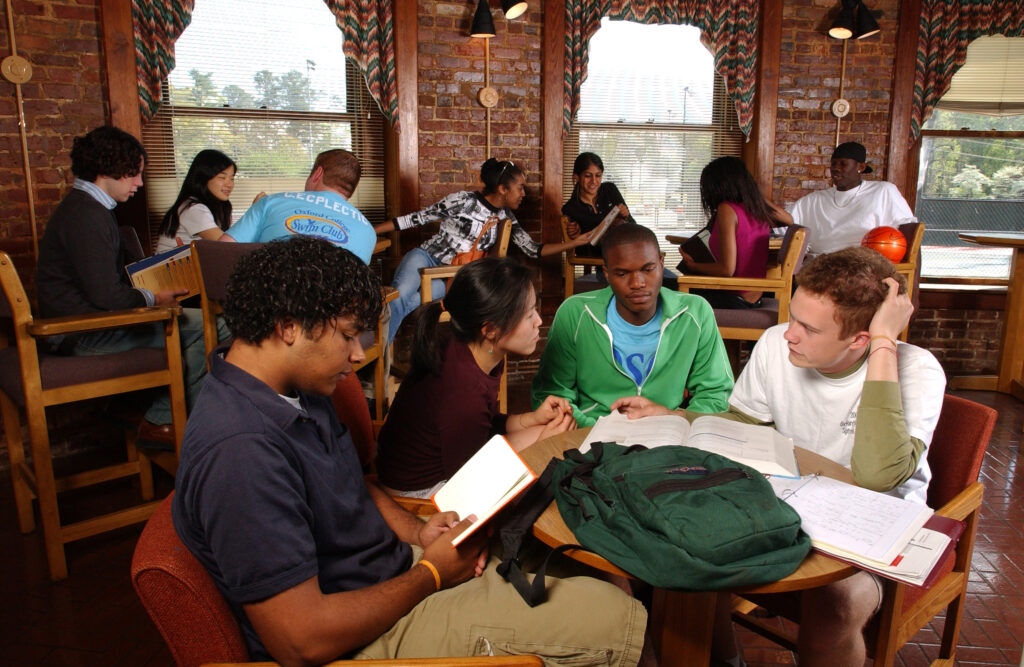
Courtesy of Emory University Photography
Oxford has extraordinary resources to support the curriculum. Students have access to the 2.7 million volumes contained in the Emory University libraries, in addition to a wide assortment of online journals and research databases.
In addition to their studies, Oxford students are also fully engaged in campus life. They are active participants in the arts, intramural and intercollegiate athletics, and a broad variety of service, religious, and social organizations. An effective and highly regarded student leadership program prepares students to assume leadership roles at Oxford and beyond.


